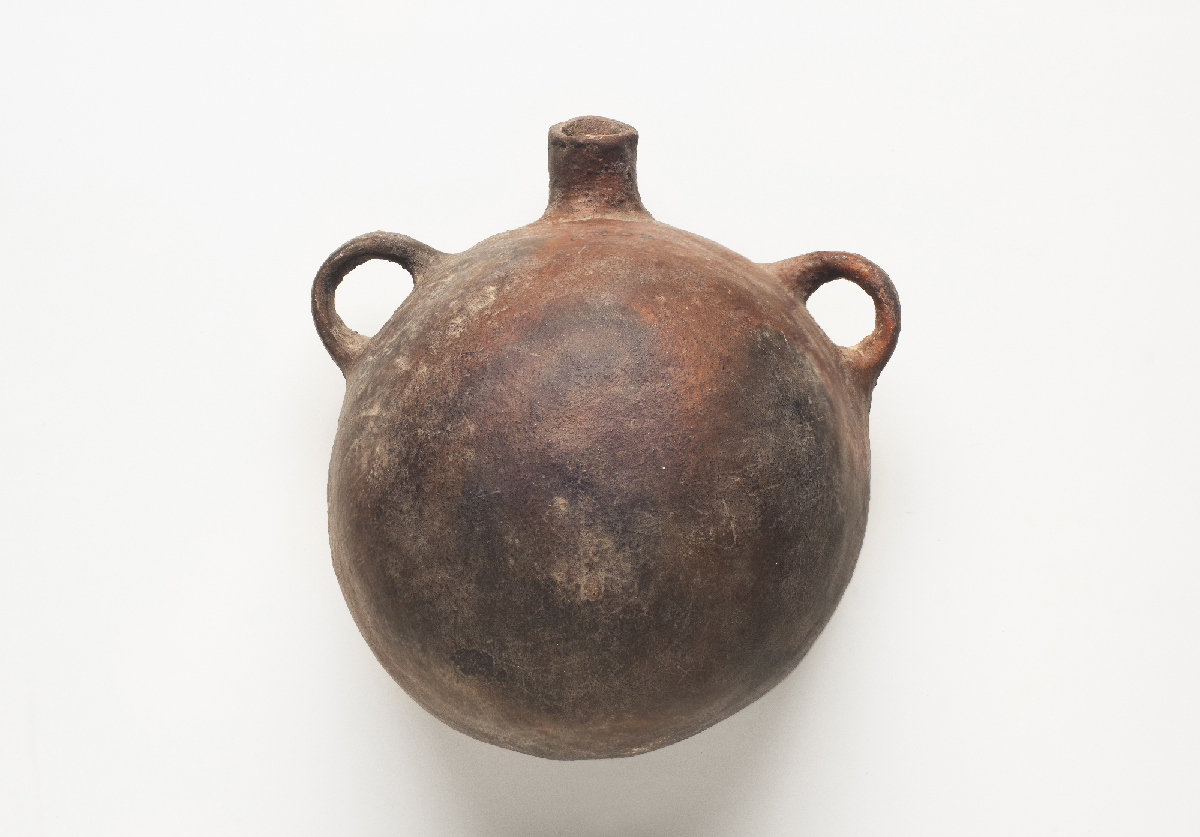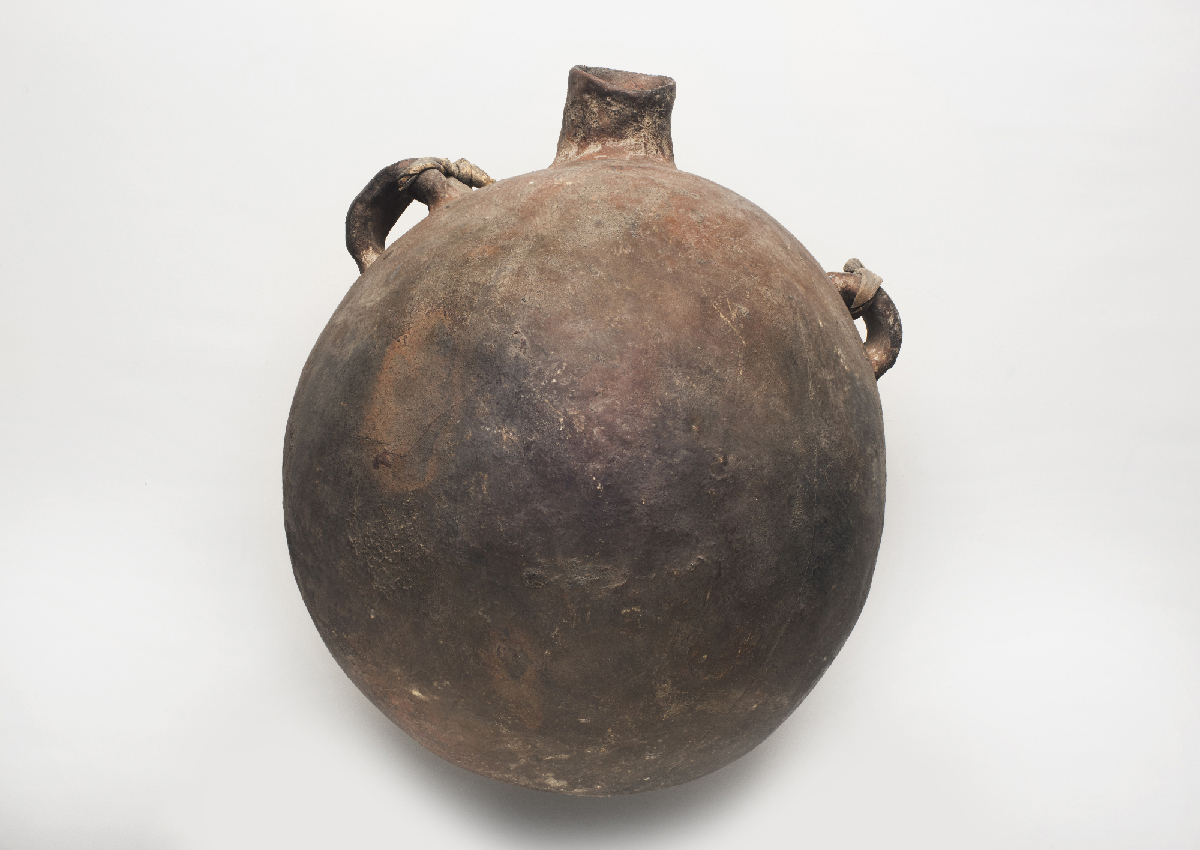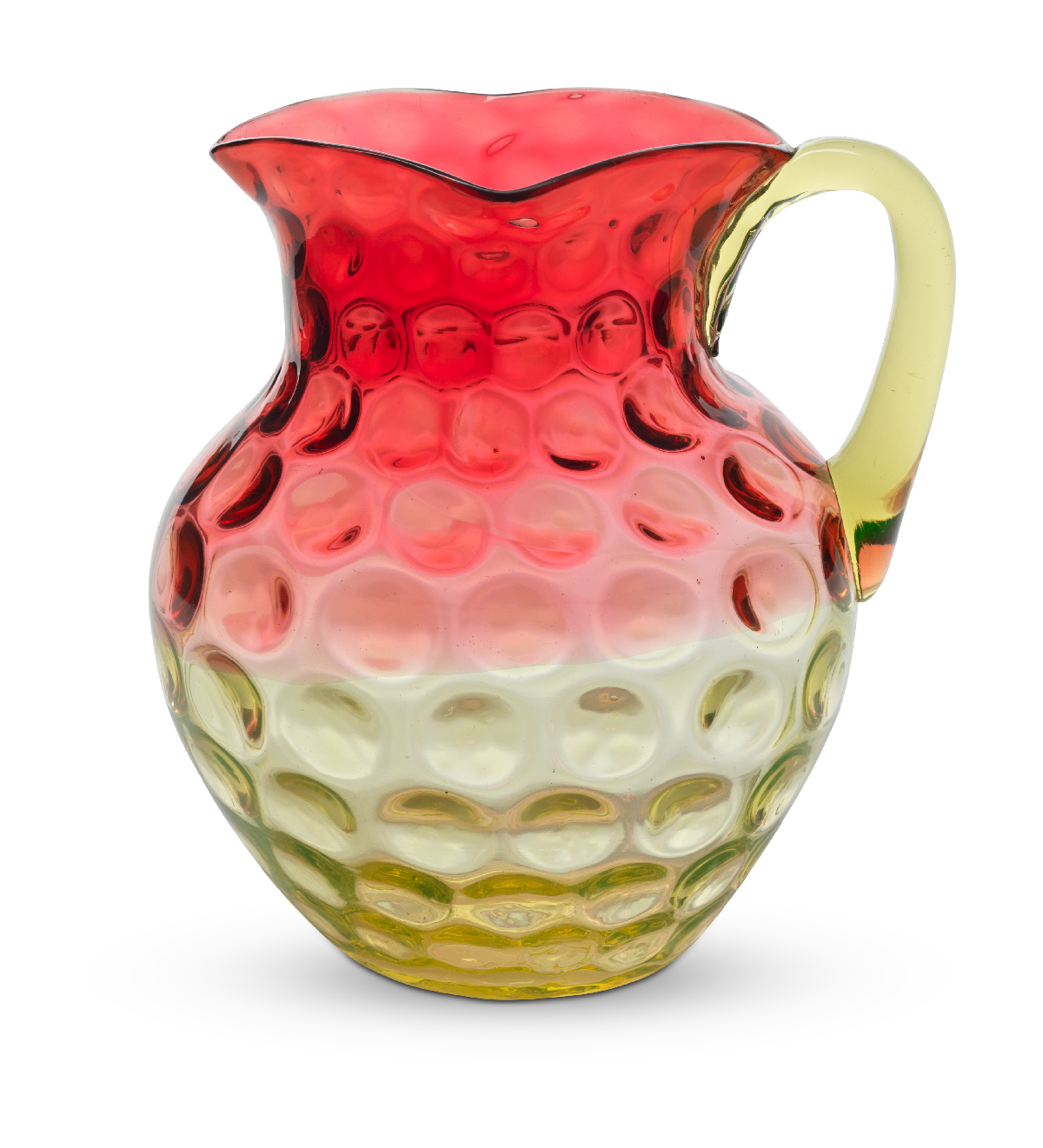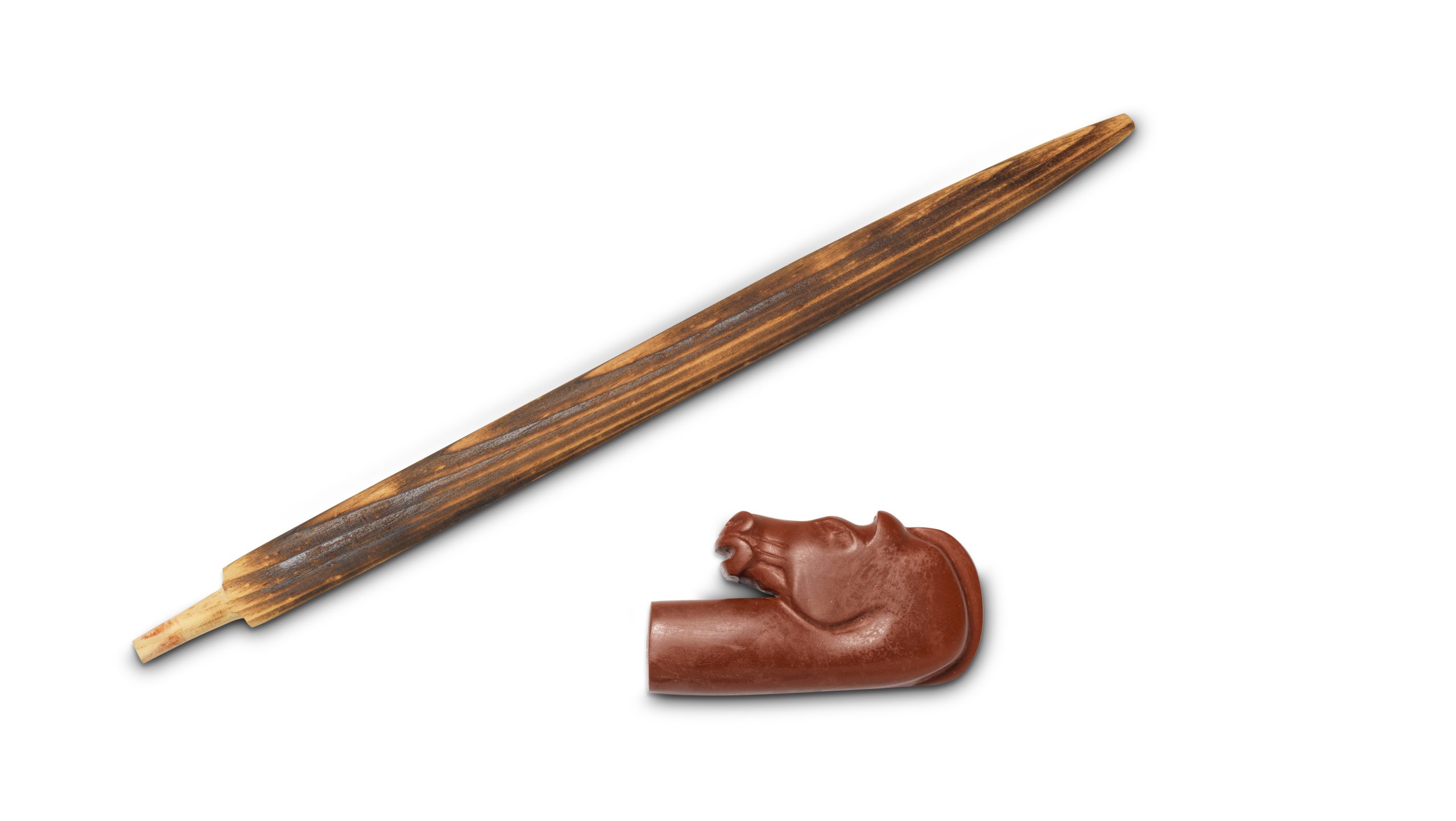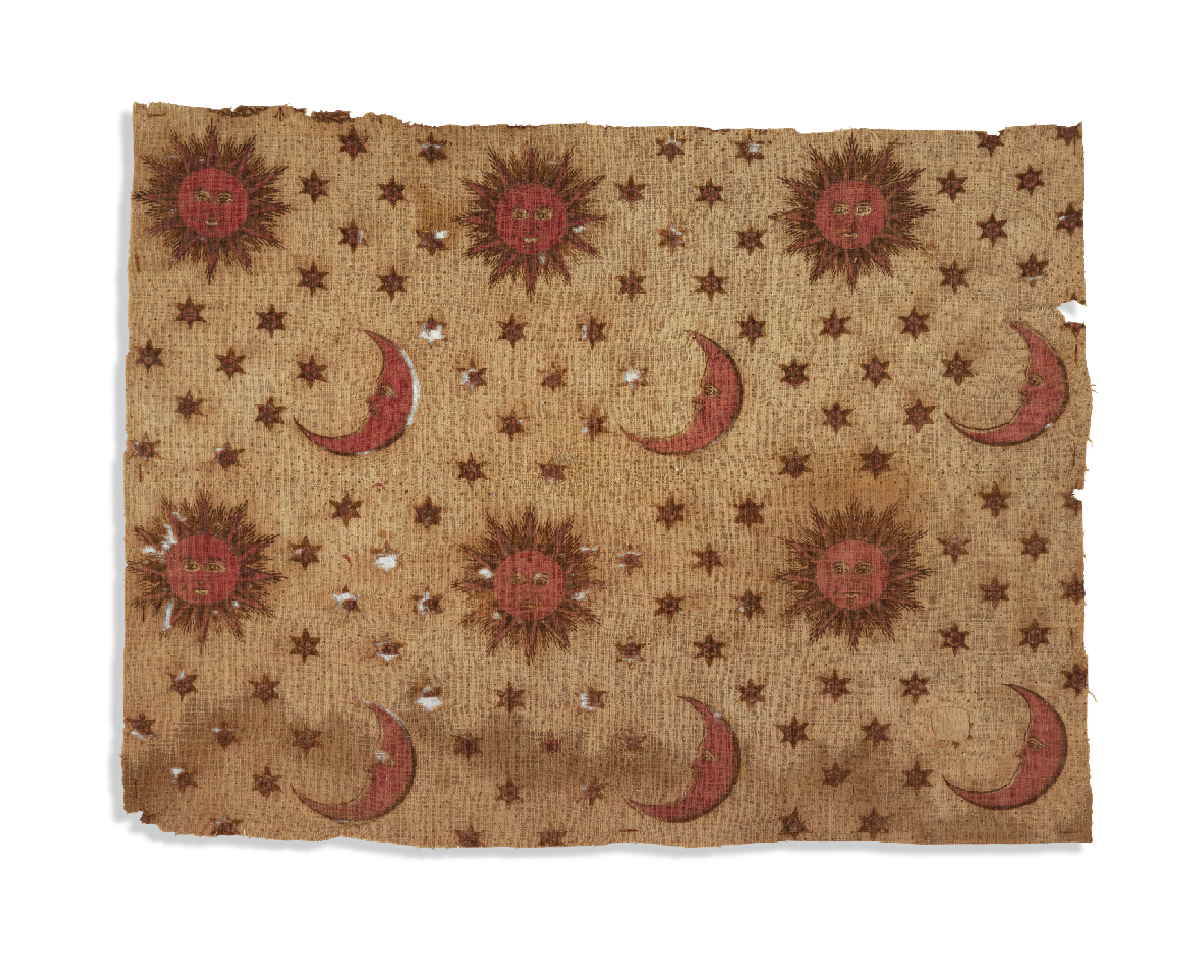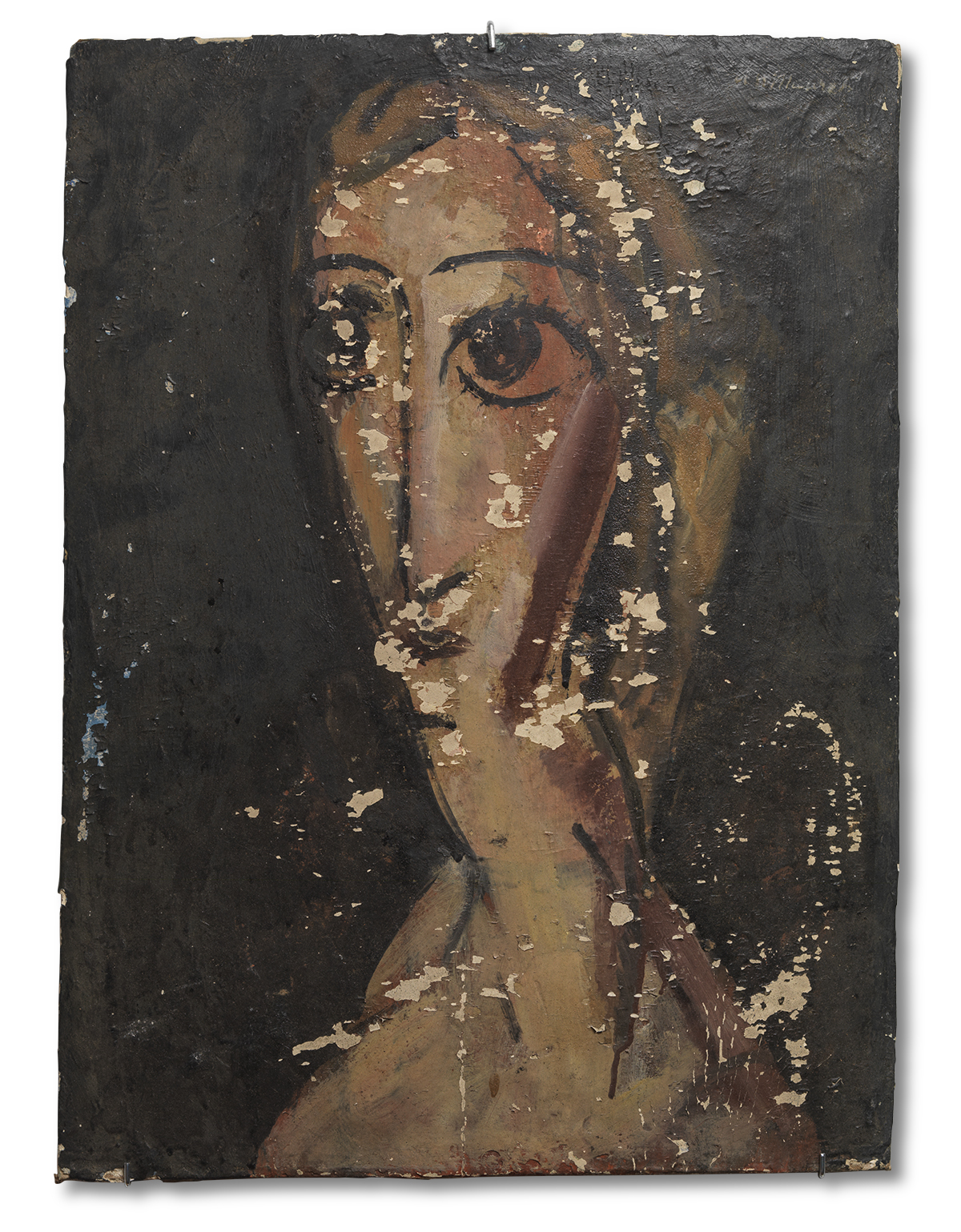Hopi Ceramic Canteens
Canteen, 19th century
Unknown maker, Hopi Pueblo
Clay and slip, 8 1/4 × 8 × 6 in. (21 × 20.3 × 15.2 cm)
Brooklyn Museum, New York City, by exchange, 01.1535.2202
Canteen, 19th century
Unknown maker, Hopi-Tewa Pueblo
Clay, slip, and hide, 13 × 11 × 8 in. (33 × 27.9 × 20.3 cm)
Repaired, date(s) unknown
Brooklyn Museum, New York City, Museum Expedition 1905, Museum Collection Fund, 05.588.7137
These canteens are from villages on the Hopi Reservation’s First Mesa. In the Hopi worldview, the strictly material properties of ceramics are inseparable from their phenomenological characteristics: the feel of the clay, the sound that resonates when a pot is tapped, and the blush that pots develop when fired. For the Hopi, clay pots are social beings. Carefully formed, finished, and fired to reveal animate features, a pot’s sonorous voice and vibrant coloration manifest a capacity to circulate and interact in the world. Pottery items are active participants in Hopi daily and ceremonial life, as demonstrated by these redware canteens and the interactions that they engender as essential items for sustenance in the arid desert climate. Such canteens were used for collecting water from springs; the smaller vessel probably belonged to a child or older woman who participated in such activities.
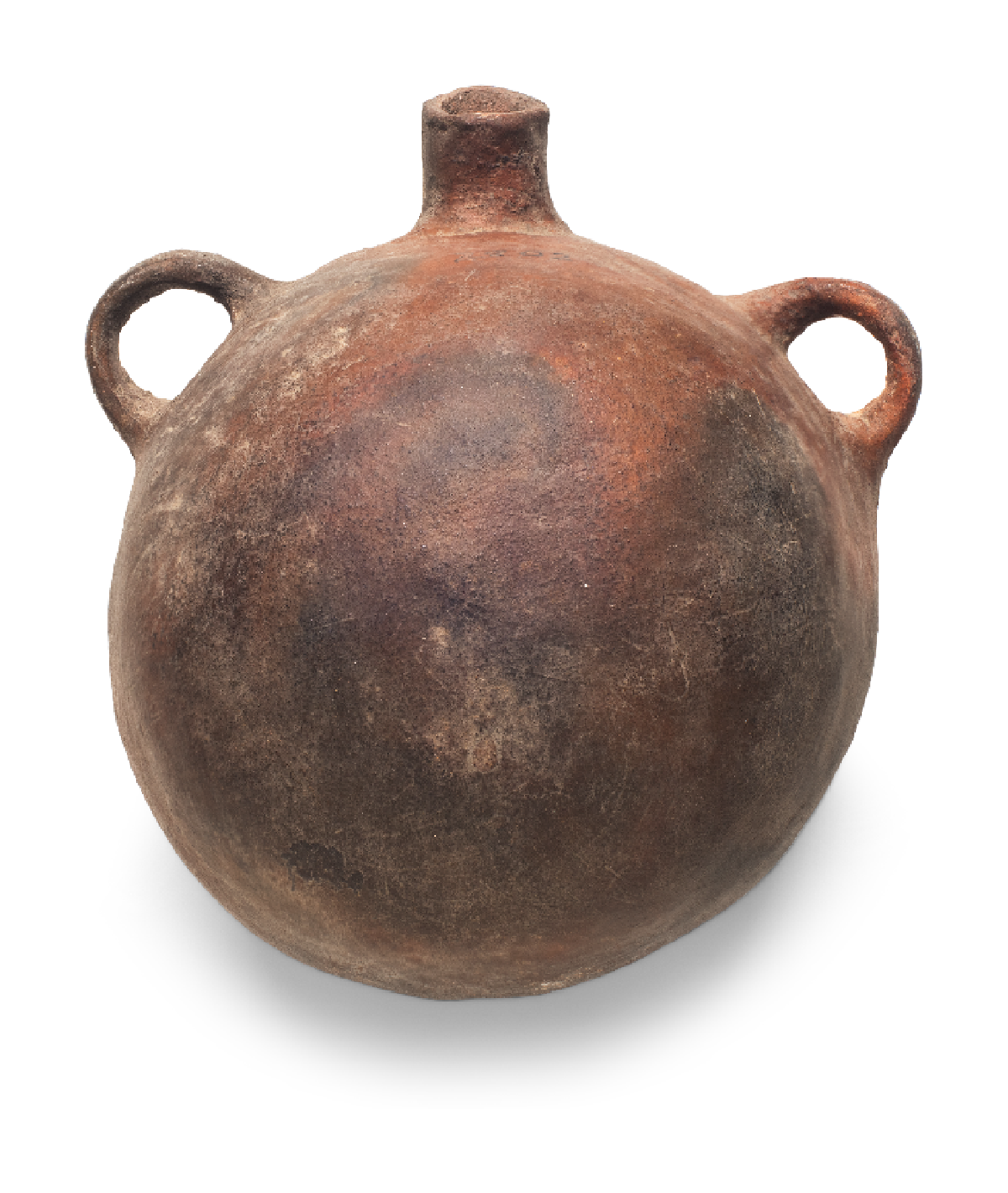
Click thumbnail images to view slideshow
See other items in How is Matter Active?


